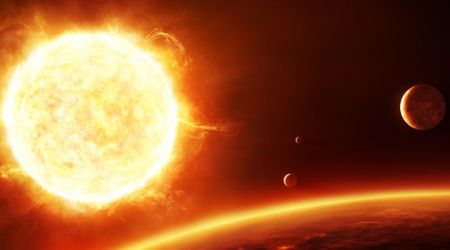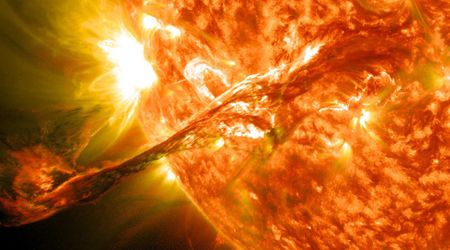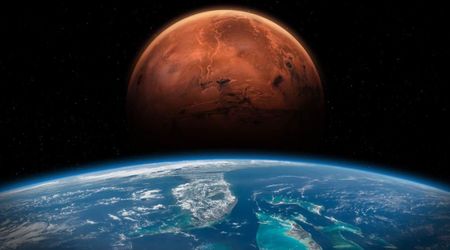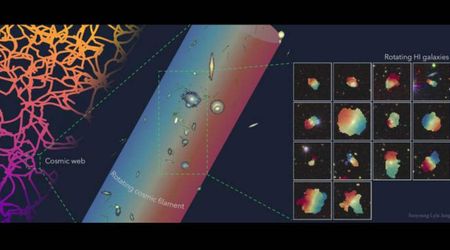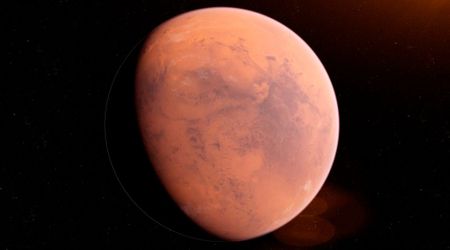Oxidized iron on the Moon—China's Chang'e-6 mission reveals new surprising details

A recent study led by researchers from the Institute of Geochemistry, Chinese Academy of Sciences (IGCAS) and Shandong University provides the first direct evidence of hematite (α-Fe₂O₃) and maghemite (γ-Fe₂O₃) in lunar soil collected by China’s Chang’e-6 mission. These evidences were found at the South Pole-Aitken (SPA) Basin of the Moon, one of the oldest craters. The research, which was published in Science Advances on November 14, has opened a new chapter in the study of the Moon.
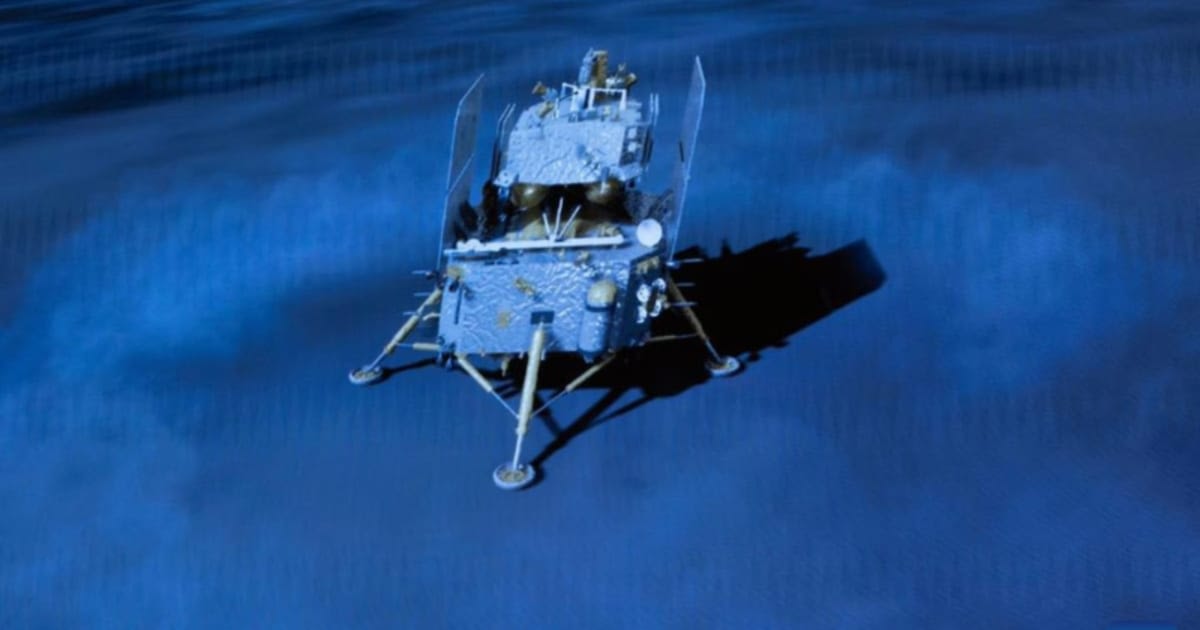
This finding challenges the long-held belief that the lunar surface or interior does not have enough oxygen to facilitate oxidation, with multivalent iron existing mostly as metallic (Fe⁰) or ferrous (Fe²⁺) states. Yet, orbital data hinted at hematite in polar regions, and Chang’e-5 samples showed impact-formed magnetite (Fe₃O₄) and the presence of Fe3+ in impact glasses, hinting at localized processes of oxidation. But crystalline hematite had never been confirmed. The SPA Basin, one of the solar system’s oldest craters, offered the perfect test case.

The team identified micron-sized hematite grains in the soil brought by Chang’e-6 with the help of electron microscopy, Raman spectroscopy, and energy-loss spectroscopy. It was found that these elements weren’t contaminants; they were actually part of the moon. The researchers suggest that the extreme heat generated by asteroid impacts vaporized surface materials, creating a temporary high-oxygen-fugacity vapor phase and causing desulfurization of troilite. These ions then got oxidized, resulting in the formation of micron-sized crystalline hematite, which exists alongside maghemite and magnetic magnetite, per Phys.org.
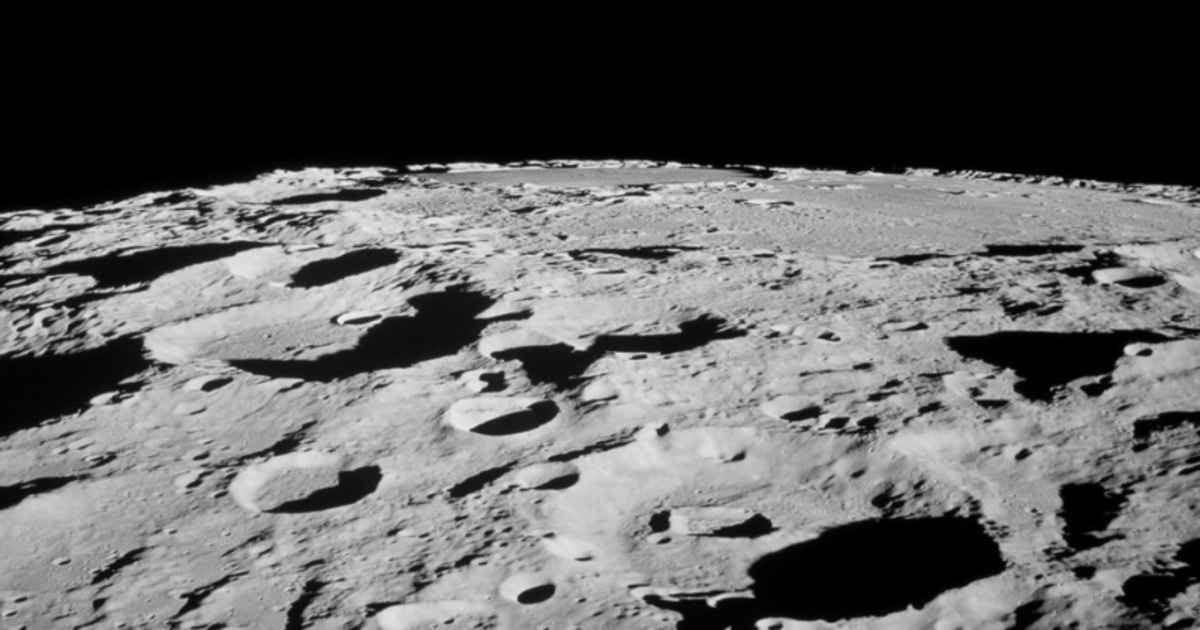
This helps explain the moon’s widespread magnetic anomalies, like those in the northwestern SPA Basin. The findings highlight that collisions played a key role when it comes to the moon’s magnetic properties. This challenges the assumption that the lunar surface is completely unoxidized and opens new avenues of understanding lunar evolution via the study of magnetic anomalies and the mechanisms behind large impact events.
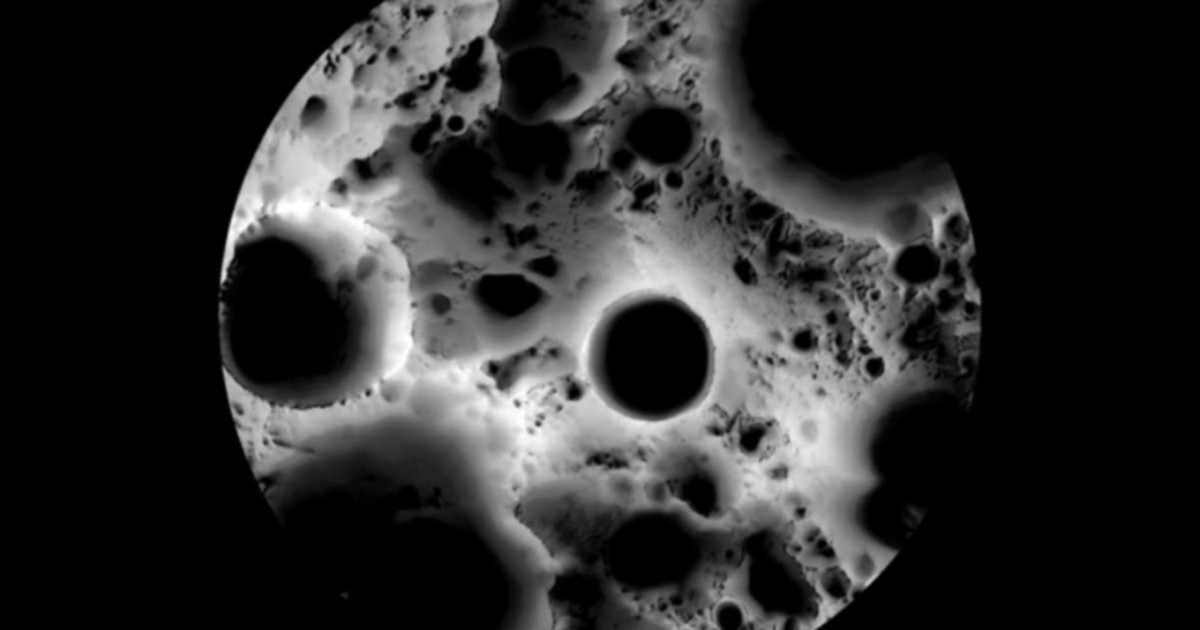
Since the Chang’e-6 mission returned in June 2024, experts have been making interesting discoveries. About 4.26 pounds of lunar dust, from the South Pole-Aitken (SPA) Basin, has provided critical new insights about the complex geological history of our natural satellite. In one of the recent studies, it was found that water-rich asteroids were more common than we thought.
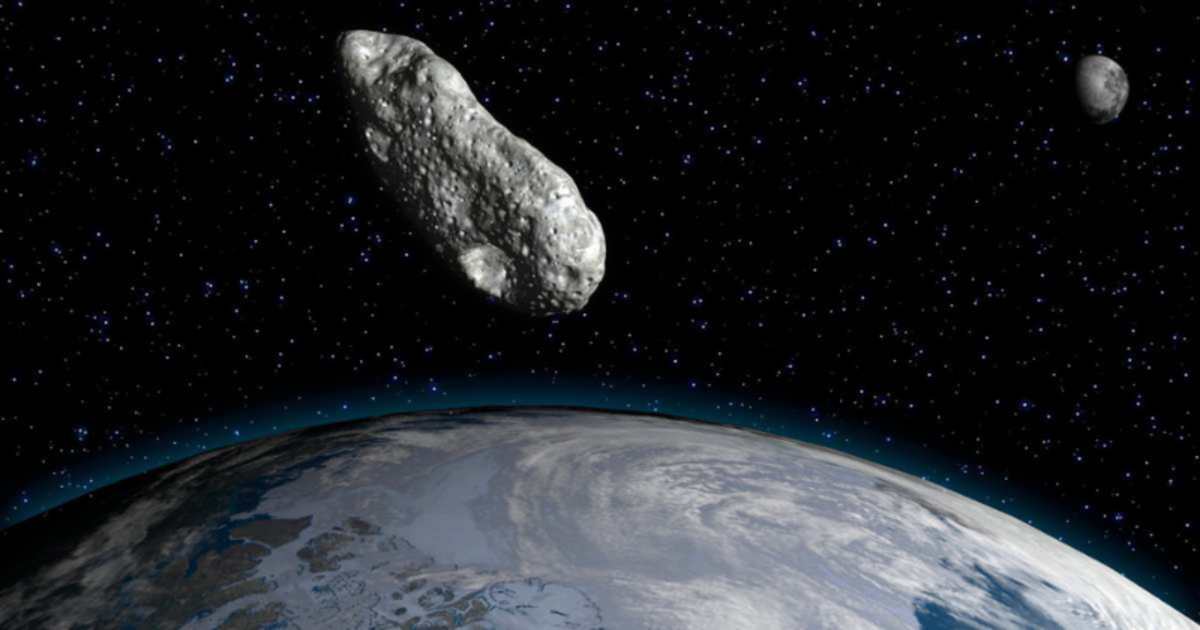
It is a fact that Earth’s atmosphere destroys such kinds of rocks/asteroids, but the moon’s vacuum has preserved traces of past impacts, thereby making it a valuable archive. The team isolated seven microscopic carbonaceous chondrites (CI chondrites) fragments—rare meteorites containing water and organic compounds. By measuring the ratios of key metals, the team figured out that they were not native to the moon. This challenges the previous understanding that water-bearing asteroids were rare, suggesting that the inner solar system faced frequent entry of water-rich asteroids and rocks. Published in PNAS, the findings are helping resolve some of the most enduring mysteries surrounding the impact that formed the SPA Basin around 4.25 billion years ago.
More on Starlust
China and Russia sign agreement for lunar nuclear power station, aim to outpace U.S. moon efforts
NASA Chief suggests reconsideration of SpaceX lunar lander contract amid 'race against China'
